The Guess Who 1970 Albums
Buy American Woman Buy Share the Land The year 1970 saw the apex of popularity for The Guess Who as well as the initial cracks in their band unity. The two albums they […]
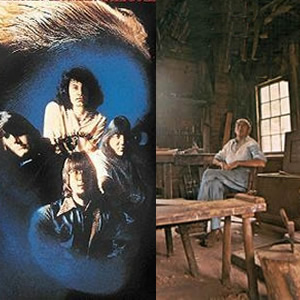
Buy American Woman Buy Share the Land The year 1970 saw the apex of popularity for The Guess Who as well as the initial cracks in their band unity. The two albums they […]
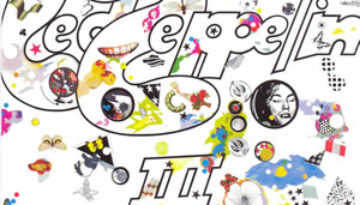
Buy Led Zeppelin III Led Zeppelin III is a classic album from Led Zeppelin. Composed largely at a remote cottage in Wales which lacked any modern amenities, the band found a pastoral vibe […]
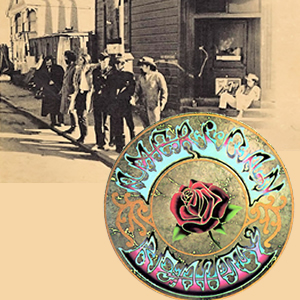
Buy Workingman’s Dead Buy American Beauty With the arrival of a new decade, the Grateful Dead decided to shift towards scaled back folk and country style rock. This proved to be a wise […]

Buy Black Sabbath Buy Paranoid Over the course of a year, Black Sabbath morphed from a pop blues band to a dark practitioner of occult music to a respectable hard rock band which […]
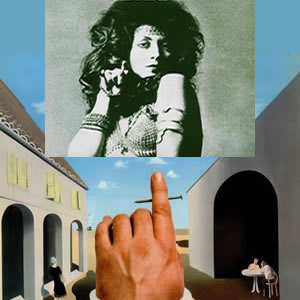
Buy Magic Christian Music Buy No Dice Badfinger thrust into the world of popular music with their first two releases, the soundtrack Magic Christian Music and the rock album No Dice. The first […]

Buy The Madcap Laughs After his tumultuous exit from Pink Floyd, Composer, guitarist, and vocalist Syd Barrett spent several years working on his debut solo album, The Madcap Laughs. Beginning in April 1968, […]
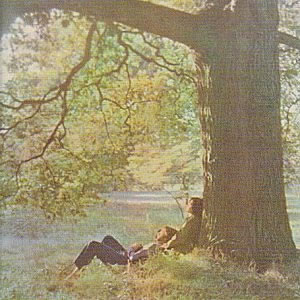
Buy John Lennon/Plastic Ono Band Our third and final installment of the “Life After Beatles” series looks at the critically acclaimed debut record by John Lennon called John Lennon / Plastic Ono Band. […]
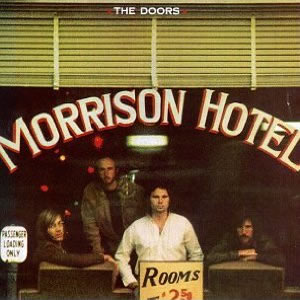
Buy Morrison Hotel Although its actual title has long been in dispute, Morrison Hotel turns out to be an aptly named album by The Doors. Lead vocalist Jim Morrison was involved in composing […]
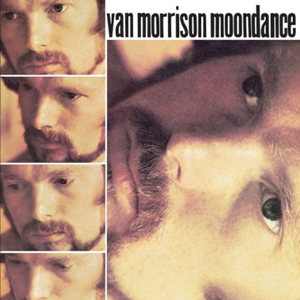
Buy Moondance We’ve covered more music from the year 1970 than from any other year at Classic Rock Review. Through these nineteen articles covering twenty-three different albums, we’ve observed some of the finest rock […]
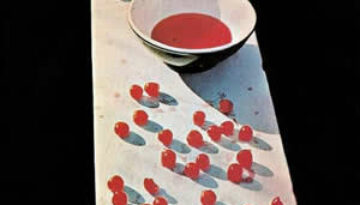
Buy McCartney The second of our three “Life After Beatles” reviews looks at the most controversial release in the sense that it played an indirect role in the group’s demise. Covertly recorded during […]